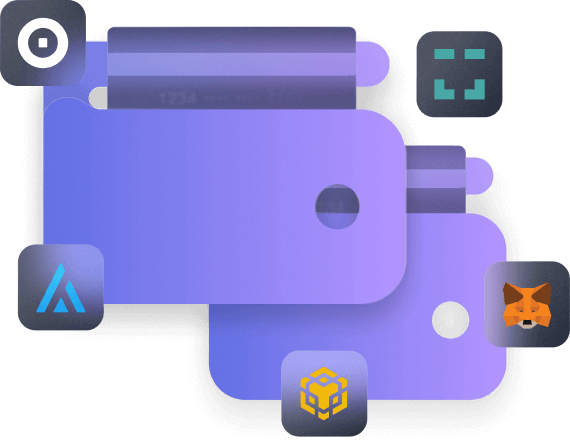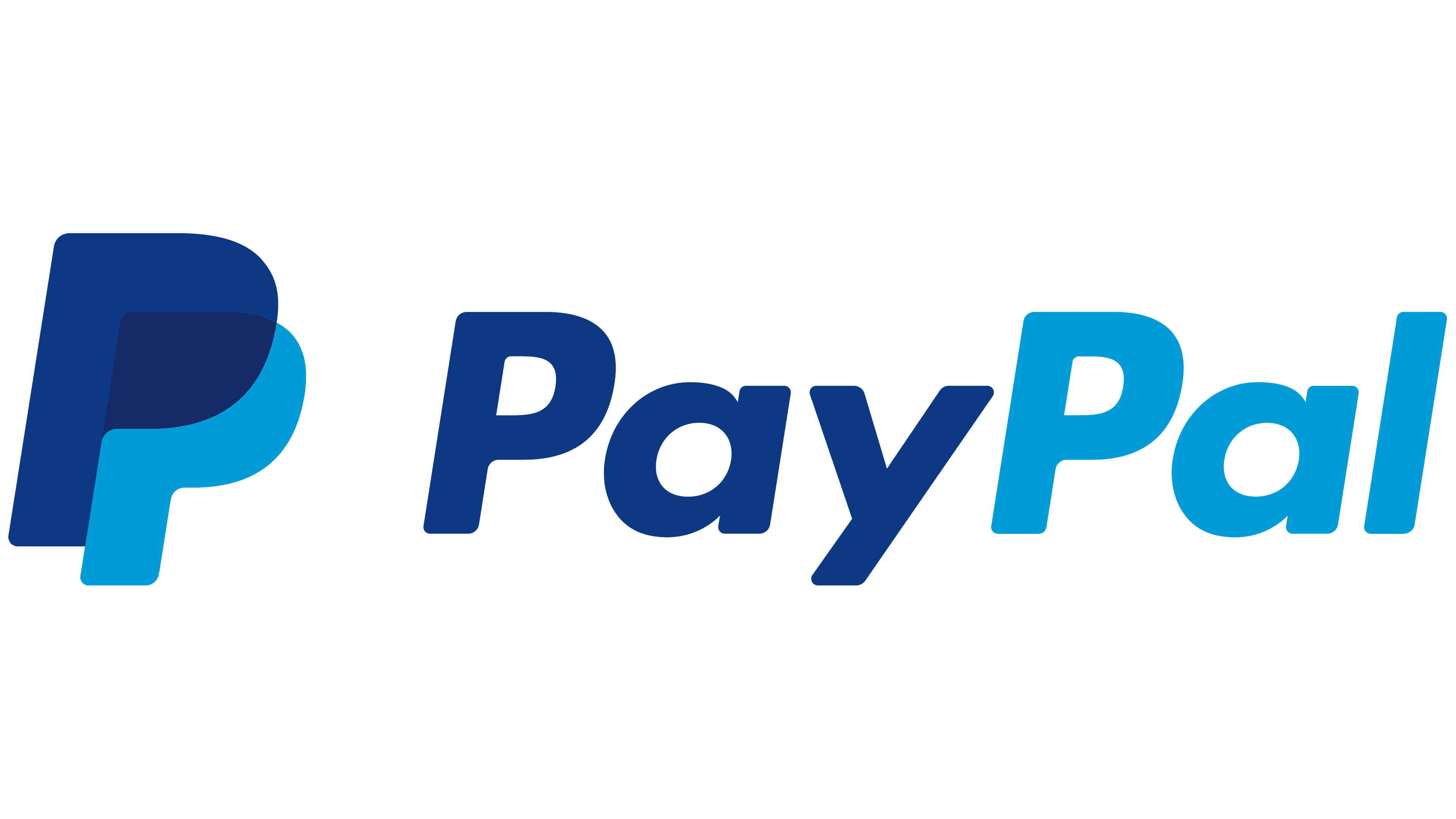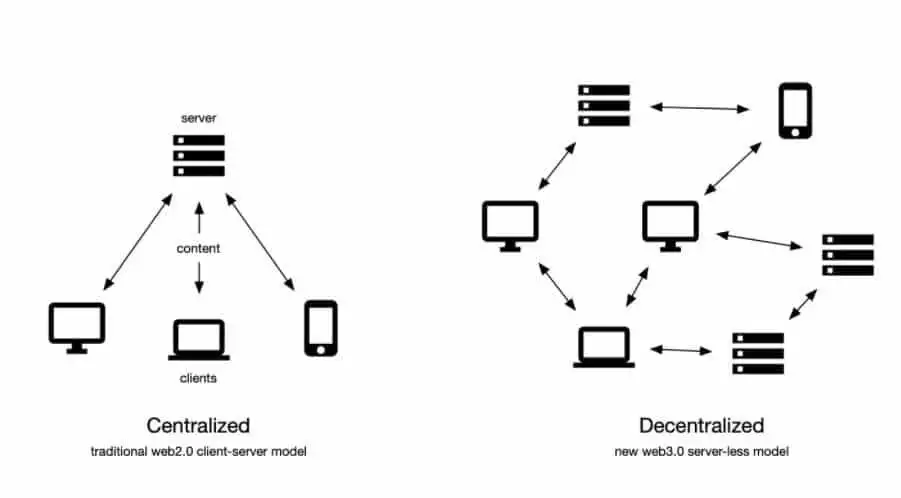The next generation of web development, also known as Web3, has the potential to have significant impacts, particularly on financial solutions.
For example, decentralization technology in web3 payments offers individuals power over the technology. While more interoperable, this form of the internet offers more data security and eliminates all the centralized intermediaries.
According to the research, Web 3 will run on Distributed Ledger Technology (DLT), revolutionizing how value is exchanged and paid for. DLT will eliminate the need for intermediaries by facilitating quick, efficient, and data-rich payments.
The banking & finance industries are now vying for a spot in the Metaverse as the sector has awakened to Web 3 development. All this has also raised the worth and demand for web3 development companies in today’s time.
As Web3 technology is becoming a much safer and smarter payment option, more businesses are shifting toward it. But the question is, “Will Web3 payments revolutionize digital payment?” To get an answer to this, let us first get a better insight into “What is Web3 technology?”
Table of Contents
What Is Web3?
Web3 refers to the third-generation World Wide Web. It is also known as the decentralized web. Web3 is built on blockchain technology. It allows the creation of dApps that run on a P2P network rather than on a central server.
It means that data and applications can be easily stored and run on different nodes. As a result, Web3 payments allow for more security, transparency, and autonomy in online interactions and transactions. In addition, a cryptocurrency extension called Web3 uses blockchain in novel ways to achieve goals.

For instance – the number of tokens in a wallet, self-executing contract conditions, or the source code for a decentralized program can all be stored on a blockchain (dApp).
Although not all blockchains operate similarly, in general, currencies are given to miners as rewards for processing transactions. Web3 basically represents the idea of a new and improved internet. In essence, Web3 uses blockchain, cryptocurrencies, and NFTs to return ownership and authority to the consumers.
What Is The Future of Web3 Payments?
Keeping with privacy and democratization, Web3 payments allow seamless money exchange without intermediaries. It is simple, quick, and anonymous to send money using Web3 payments.
Web3 will also reduce the red tape involved in money and finance. For example, people won’t need to register or grant permission for businesses to access their personal and financial information to send money.
In addition, as Web3 data is encrypted, online shoppers stay confident that their personal information is secure and their transaction details cannot be disclosed.

Still, wondering why web3 is the future of payments? Look at the succeeding section highlighted by the web3 development company professionals.
Web3 is considered the future of payments because it allows for decentralized financial transactions that are secure, transparent, and autonomous.
- Security: Decentralized transactions on the blockchain are secure because they are recorded on a tamper-proof public ledger resistant to hacking and fraud.
- Transparency: All transactions on the blockchain are recorded on a public ledger, which allows for transparency and traceability. It can help reduce fraud and increase trust in the financial system.
- Autonomy: With web3, transactions can be made directly between individuals without the need for intermediaries such as banks or credit card companies. It allows for more autonomy and control over one’s financial transactions.
- Lower Fees: Transactions on the blockchain are cheaper than traditional financial transactions because they don’t require intermediaries who charge high fees for their services.
3 Popular Examples of Web3 Payments
Today, there is ample type of web3 payments available. As a result, businesses often get confused about choosing the best web3 payment solutions. So, to resolve the confusion, the web3 developers have highlighted the most popular examples of web3. Let’s discover them one by one.
1. Ethereum

A decentralized, open-source blockchain is Ethereum. Through the platform, users may carry out frictionless cryptocurrency trading, borrowing, and lending without needing approval from a third party.
The Ethereum platform is a basis for numerous other Web3 decentralized applications; therefore, it is not just limited to the Ether coin. NFTs can also be traded and bought via Ethereum.
2. OpenSea

The biggest web3 marketplace, OpenSea, lets users buy and trade NFTs and other crypto assets. Customers can immediately buy or sell on the OpenSea platform by connecting their money to this web3 payment platform. Instead of using a centralized system, transactions are completed through direct peer-to-peer payments between the buyer and seller.
Read also: How to Create a Smart Contract on Blockchain?
3. PayPal

As these businesses already have the resources and infrastructure to adapt and develop, they will need to take the lead in driving Web3 development.
For the past few years, PayPal has been experimenting with Web3 procedures. In addition, the business is currently looking into incorporating blockchain technology into its business model and developing its cryptocurrency token.
So, these are the three most popular examples of web3 payment platforms. Each of the platforms is best suitable for the web3 payment infrastructure. Now, you might be wondering, what is it? Continue reading to discover further.
What Is Web3 Payment Infrastructure?

The decentralized and permissionless nature of Web3 payments renders dApps resistant to financial restrictions. Anyone with an internet connection can access goods and services worldwide, thanks to the efficient web3 payment infrastructure.
By being open-source, which allows anybody to contribute to the codebase. Since no single entity has authority over the network, everyone can program, invent, and connect.
Participants can speak openly and privately with one another without the aid of a third party. In addition, smart contracts are self-executable and only run when specific requirements are met; thus, there are no middlemen.
Another fundamental tenet of the web3 infrastructure is interoperability, which enables connectivity and mobility between various platforms and applications. It is also a significant step toward accelerating the uptake of web3 development.
How to Make Payments in Web3?
When it comes to making web3 payments, the procedure can be done in three ways, as discussed below.
METHOD #1 – Wallets and Web3 SDK for Making Payments Via dApps
Web3 wallets let you engage with dApps on several blockchain and store digital assets, including NFT tokens.
The Web3 wallets support the following different blockchain:
- Browser Wallets
- Browser Extension
- Mobile Wallets
Read also: How Much Does It Cost To Hire A Blockchain Developer
To store their digital assets, users can open accounts in web3 wallets. An account for a web3 wallet has a set of public and private keys. The private key is a password-like requirement for any transaction within the wallet. The code must be kept secret from outsiders to prevent any security breaches.
METHOD #2 – Payment Using Web3 Wallets As Browser Extensions
The user must carry out the following actions to make web3 payments using this method:
- Obtaining and turning on the browser add-on.
- Users can import an existing account using its private key or establish a new one.
- A user can configure the wallet’s password before setting up a new account.
- The wallet shows a seed phrase, which should be kept secure to recover funds or restore the account.
- The wallet can move between blockchain networks, including Mainnet, Testnet, and Devnet.
- For making transactions using dApp, the anticipated gas charge for that transaction to update the blockchain following it appears on a screen in the wallet.
METHOD #3 – Connecting To A Web3 Wallet Browser Extension From A JavaScript DApp & Making Transactions
- Using the “Window” object for different blockchain, the dApp may be linked to the wallet extension.
- The window object records and displays the objects for the various web3 wallet extensions active in the browser. For instance: “window. Ethereum” for Ethereum, etc.
- For communication with wallets and blockchain, utilize the web3.js library.
- Specify the current Provider for several Ethereum wallets by writing
| window.web3 = new Web3(window.ethereum); |
- The “window.web3” object for ethereum will appear as:
{
bzz: e.exports {_requestManager: s, blockNetworkRead: ƒ,
syncEnabled: ƒ, swapEnabled: ƒ, download: ƒ, …}
currentProvider: MetamaskInpageProvider {_events: {…},
_eventsCount: 0, _maxListeners: 100, mux: ObjectMultiplex,
publicConfigStore: ObservableStore, …}
db: e.exports {_requestManager: s, putString: ƒ, getString: ƒ,
putHex: ƒ, getHex: ƒ}
eth: r {_requestManager: s, getBalance: ƒ, getStorageAt: ƒ,
getCode: ƒ, getBlock: ƒ, …}
net: e.exports {_requestManager: s, getListening: ƒ, getPeerCount:
ƒ}
personal: e.exports {_requestManager: s, newAccount: ƒ,
importRawKey: ƒ, unlockAccount: ƒ, ecRecover: ƒ, …}
providers: {HttpProvider: ƒ, IpcProvider: ƒ}
setProvider: ƒ ()
settings: e.exports {defaultBlock: 'latest', defaultAccount:
undefined}
shh: a {_requestManager: s, version: ƒ, info: ƒ,
setMaxMessageSize: ƒ, setMinPoW: ƒ, …}
version: {api: '0.20.3', getNode: ƒ, getNetwork: ƒ, …}
_extend: ƒ (e)
_requestManager: s {provider: MetamaskInpageProvider, polls: {…},
timeout: null}
[[Prototype]]: Object
[[IsRevoked]]: false
}
- The window objects for other web3 wallets might resemble the previous object.
- The “current provider” key is an object that holds the account information from the current wallet. The function “enable” opens the extension from the dApp and contains information such as the account address, network name, etc.
- To complete a transaction using Web3, the user must provide a transaction object in some form that resembles the following:
let transaction = {
from: senderAccountAddress,
gas: GAS_VALUE,
gasPrice: gasPrice,
data: byteCode,
};
This is how one can make the web3 payment by choosing the best-suitable method as per their needs and demands. Now that all the three best methods to make web3 payments are revealed to you, it is your turn to pick the right one.
The Future of Web3 Payments
Web3 is a rapidly developing idea, with firms in the field attracting billions of dollars in funding. The market value of today’s crypto networks is approaching hundreds of billions of dollars.
Moreover, web3 payment platforms are expected to expand their support for Web3 shortly. For instance, they are providing enterprise users with the ability to safely store digital assets like virtual cards or tokens used in smart contracts.
Hence, the demand for smart contract development and blockchain development is also rising, and more businesses are stepping into these trending technologies to stay ahead of the competition.
So, being a business owner, if you are planning to be a part of the competition, preparing for web3 development would be a smart move. Either avail of web3 development services, hire web3 developers, or do it on your own, but begin the process immediately!
Frequently Asked Questions
What Value Does Web3 Payment Infrastructure Bring to Today’s Businesses?
One of the major benefits of having web3 payment infrastructure is businesses no longer. These are well-known tokens and other cryptocurrencies that you have heard of.
What Is The Cost Of Web3 Payment Platform Development?
The cost of developing a web3 payment platform can vary greatly depending on several factors, including the platform’s complexity, the number of features and functionality, and the number of developers working on the project.
Generally, the cost of developing a web3 payment platform can range from $10,000 for a basic platform to $100,000 or more for a more complex and feature-rich platform.
What Are the Benefits of Web3 Payments?
The list of benefits for web3 payments is limitless. However, some of the major advantages are listed below.
- Decentralization
- Interoperability
- Security
- Transparency
- Tokenization
- Micropayments
What Are Web3 Payments for?
Web3 payments are made using decentralized technologies such as blockchain. As a result, these payments can be made P2P, such as through banks or credit card companies. As a result, web3 payments have the potential to enable new types of financial transactions and business models. Additionally, because of the cryptographic security features of blockchain, web3 payments can be faster, cheaper, and more secure than traditional payments.
How Is Web3 Changing the Relationship With Data Protection?
Web 3.0, the decentralized web, aims to give users more control over their data by decentralizing data storage and processing. As a result, it could lead to a shift in power dynamics, with users having more control over their personal information and its use. Additionally, the use of blockchain technology in web3 could also improve data security and privacy through the use of encryption and immutability. However, it is important to note that web3 NFT development is still ongoing, and it remains to be seen how it will ultimately impact data protection.























